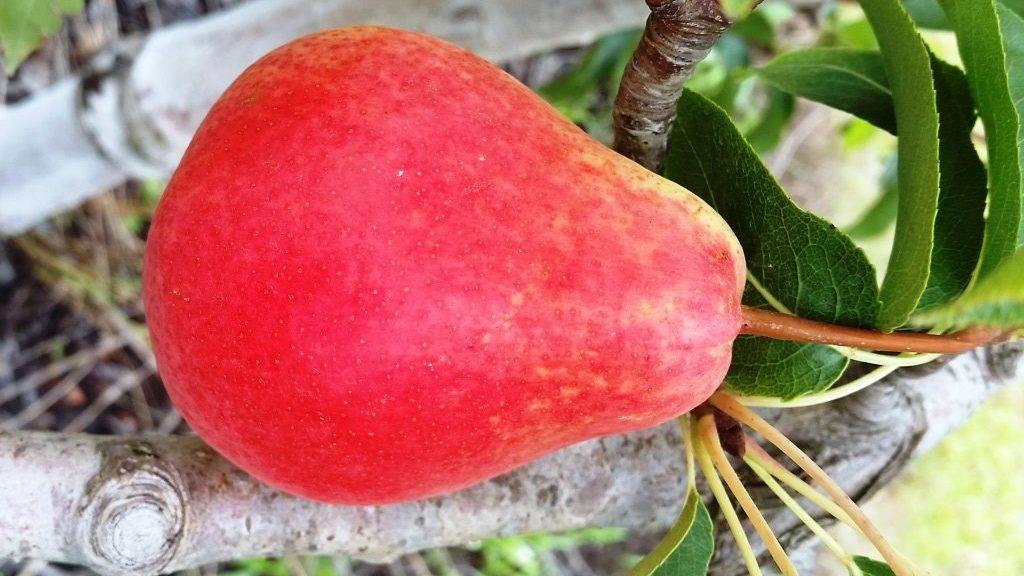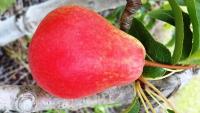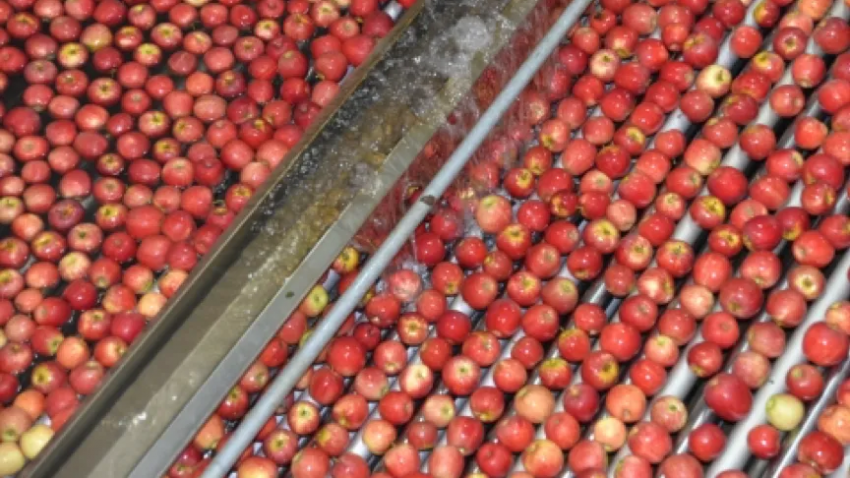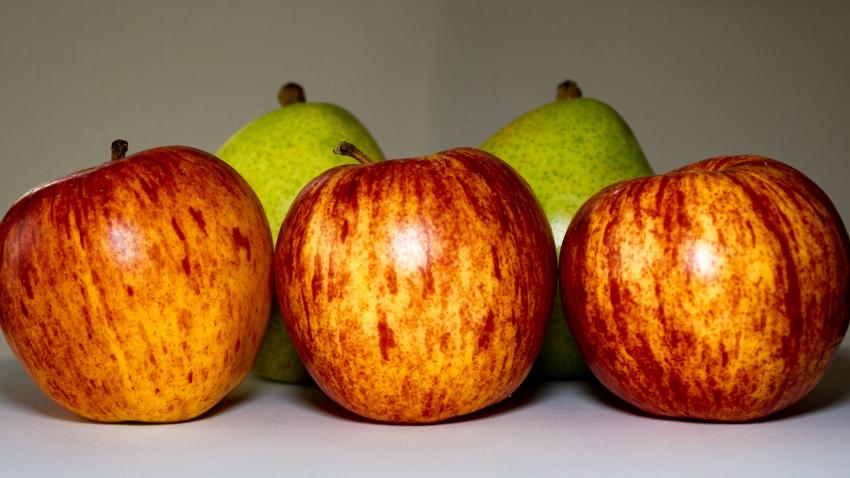You are here
Back to topSouth African Exporters Find Sweet Spot for Cheeky Pears in China

Early-season statistics show South African pears off to a strong start in China during their first full year of market access. The positive results so far have been driven by Cheeky, an early blush variety, the first shipments of which have been fetching high prices in Chinese wholesale markets.
Despite getting a late start to pear exports in 2022 after gaining Chinese phytosanitary approval, South African exporters ended up sending more than a dozen shipments comprising 37,766 cartons (472 metric tons at 12.5 kilograms per carton) of fresh pears to China between mid-August and the end of the year. Shipments of South African pears to China for the ongoing 2023 season began in week 7 and had already reached 40,378 cartons (505 metric tons) by week 12 — surpassing the figure for the entirety of last season even before the start of exports of the higher-volume Forelle variety.
The majority of South Africa’s early-season pear volume to China was comprised of Cheeky. Given that 2023 is the first year for this variety to be shipped to China, exporters may not have known what sort of market reaction to expect. They ended up being pleasantly surprised, however, as the earliest containers to arrive in China sold at very favorable prices.
Jason Liu, international procurement manager for Shanghai Shengguo Trading Co. Ltd., one of the companies that has imported Cheeky pears this season, said that traders are attracted to Cheeky because it is differentiated by its color and shape, which leads to increased profit margins. One caveat, noted Liu, is that consumers need more education about Cheeky. “This pear offers the best eating experience after a few days of softening,” said Liu. “Consumers may not realize this fact and it requires more promotional efforts to popularize the knowledge.”
Aside from the favorable attributes of the product, limited supply is the other major factor behind the high prices of early shipments of Cheeky. On March 21, Liu said that Cheeky and early blush varieties from Chile were selling at around 300 Chinese yuan ($44) per 12.5-kilogram carton at primary wholesale markets in China and he expects prices will continue to drop as more pears come onto the market from South Africa, Chile and Belgium. This means that those exporters in South Africa that are able to get their shipments to China out earliest at the beginning of the season are most likely to turn a big profit for their efforts.
In addition to Cheeky, shipments of the Packham’s Triumph, Celina and Flamingo varieties (along with a nominal volume of Abate Fetel) had also been sent to China through week 12. As the season progresses, Forelle will become the main variety exported to China and is expected to end up the largest variety by volume for the season. Traders in China are benefiting from the Forelle Early Market Access program initiated by South African apple and pear industry association Hortgro Pome. The program follows a special tree ripening program that gets crispy, ready-to-eat Forelle pears to the market faster than under a traditional post-harvest program.
Owing to the unique program, the pears will not soften at consumers’ homes the way the Forelle variety normally would. In fact, considering that Chinese consumers enjoy crunchy Asian pear varieties grown domestically in China, Jacques du Preez, Hortgro Pome’s general manager for trade and markets, sees this characteristic as a strength in the China market. “I think Forelle Early Market Access Program pears are actually a perfect match for consumer preferences in China,” said du Preez.
Image: Hortgro Pome















Add new comment